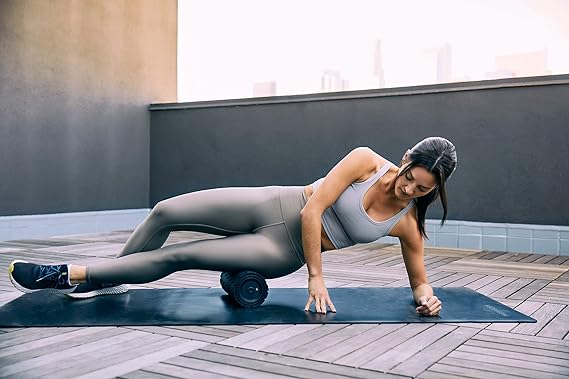Yoga is a versatile exercise with numerous benefits, but understanding the best times for practice enhances its effectiveness. This article explores the ideal moments for yoga, considering factors such as freshness, flexibility, and bodily rhythms.
Best Times for Yoga:
Morning Bliss:
- The prime time for yoga is around 5 o’clock in the summer and autumn.
- The air is fresh, and ambient noise is minimal.
- Post-sleep, when the body and mind are fully functional, making it the ideal period for yoga.
Nighttime Tranquility:
- Half an hour before bedtime is also suitable for yoga.
- Recommend gentle movements due to the body’s need for adequate rest.
- Emphasize shorter, calming routines to facilitate relaxation.
Empty Stomach Rule:
- Optimal yoga practice occurs with the least amount of food in the stomach.
- Wait approximately 3.5 hours after a meal before commencing yoga.
Serene Surroundings:
- Choose a quiet place for yoga practice, minimizing disturbances from the external environment.
Timing Matters:
- Practice duration should not exceed 2.5 hours.
- Short sessions should be at least 20 minutes to ensure effectiveness.
Consistency and Perseverance:
- Establish a consistent exercise schedule.
- Emphasize the need for perseverance to reap the rewards of yoga practice.
Cultivating Habits:
- Develop a habit of regular yoga practice.
- Discourage procrastination and stress the importance of prioritizing physical well-being.
Yoga at Night:
- Yoga remains effective at any time.
- Evening practice aids in sleep, preferably two to three hours before bedtime.
- Avoid immediate sleep after practice for better results.
- The late afternoon, after 3 o’clock, is optimal due to improved air quality and enhanced body flexibility.
Morning Yoga:
- Can be practiced at any time of day, ensuring an empty stomach.
- Avoid practicing immediately after meals (within 3 hours).
- Considered the best between 4-6 o’clock in the morning for yogis, offering quiet surroundings and a calm atmosphere conducive to deep practice.
Day vs. Night Considerations:
Professional Athletes:
- Afternoon training is preferred for optimal hormonal balance and physical performance.
Ordinary Individuals:
- Time flexibility exists, with the primary concern being personal schedules and dietary considerations.
- Discourage exercising before bedtime due to potential impacts on sleep quality.

